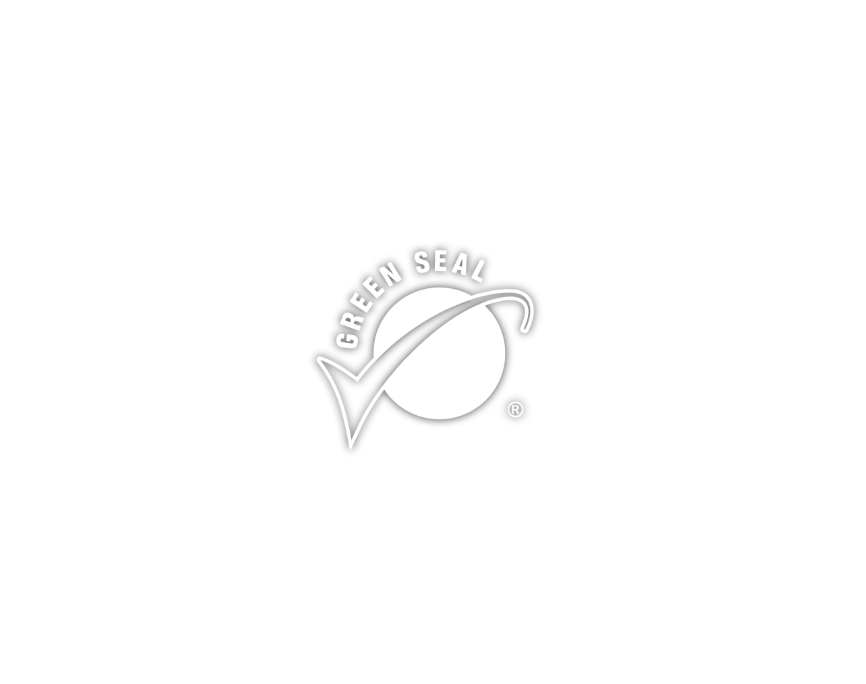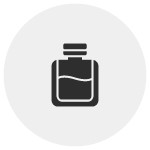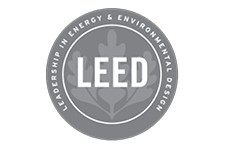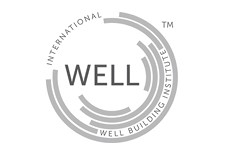WHAT GREEN SEAL CERTIFIES
Green Seal’s GS-53 leadership standard means a specialty surface cleaning product or odor remover is safer for human health and the environment than similar products while providing uncompromising performance. It covers sanitizers, disinfectants, and products intended for routine cleaning of specialty surfaces and usage in and around institutions, warehouses, and industrial facilities including but not limited to graffiti, motor vehicles, optical lens, outdoor furniture, ovens, and upholstery. Download the full GS-53 standard.
PERFORMANCE OF GREEN
Our standard ensures the product performs for its intended use. All Green Seal-certified products must demonstrate an effective level of cleaning performance via an objective, scientifically validated method conducted under controlled and reproducible laboratory conditions. Certain product types must meet performance thresholds following approved ASTM or Consumer Specialty Products Association methods, or demonstrate they perform just as well or better than a nationally recognized or market-leading product.
































